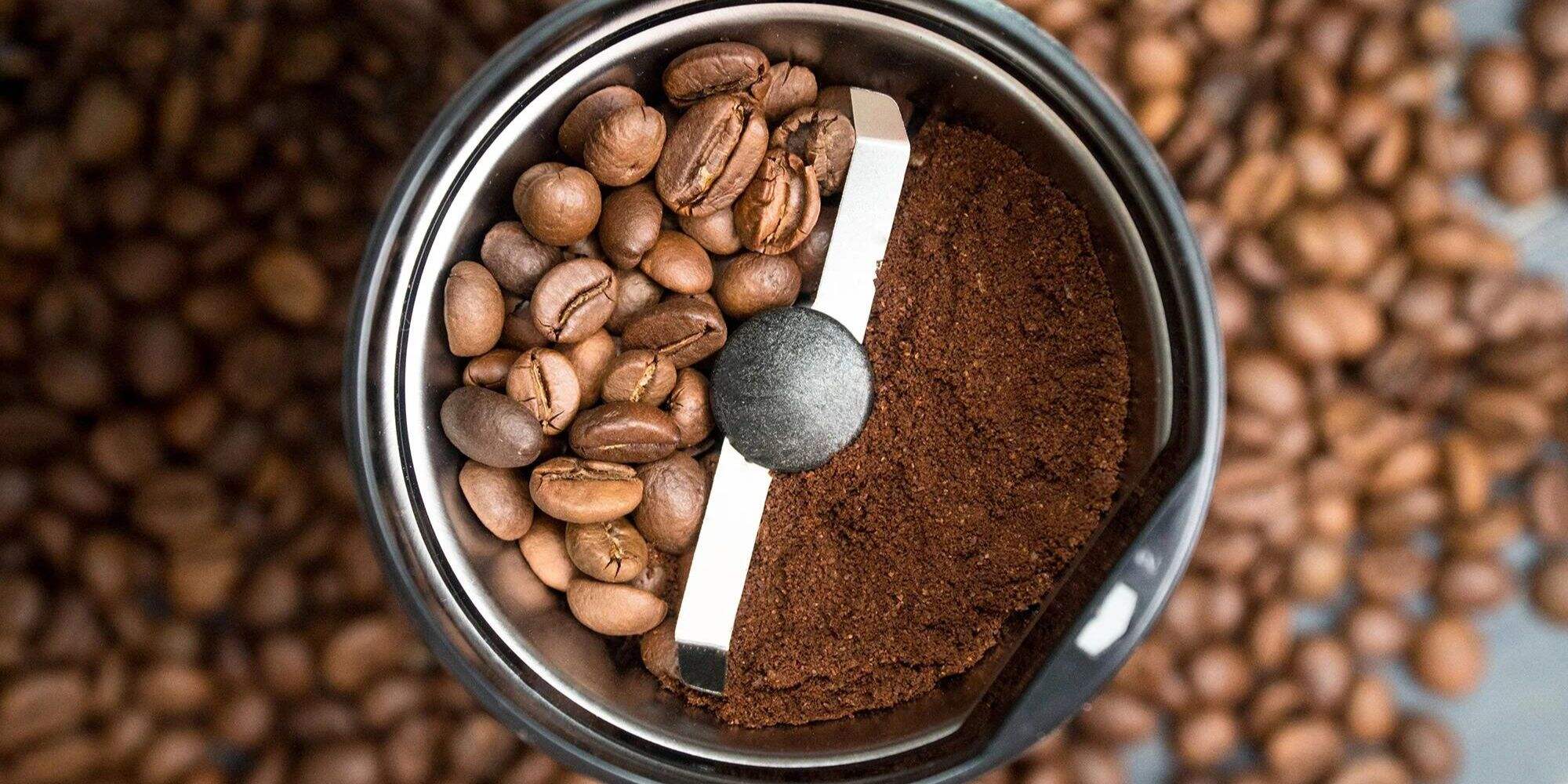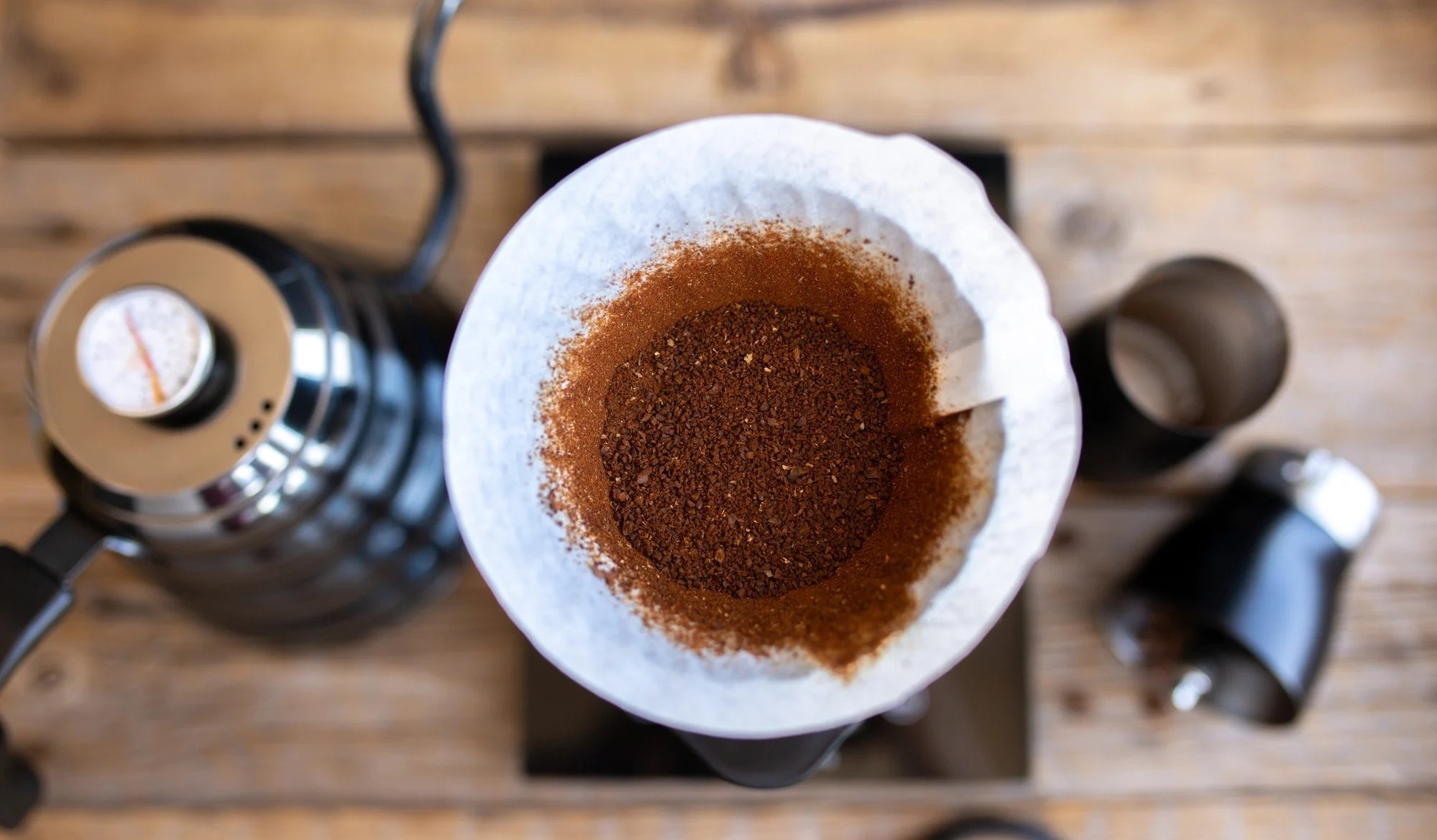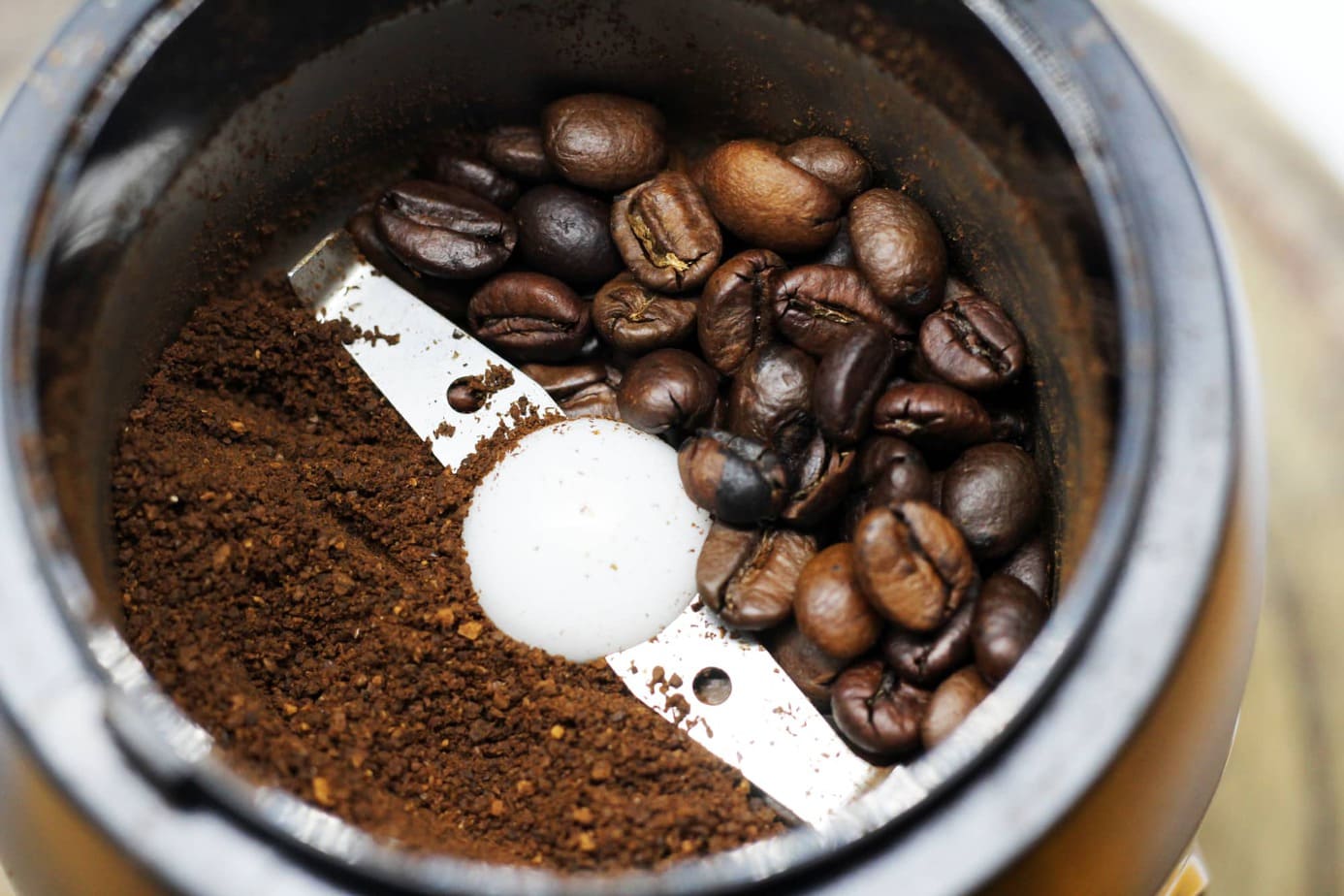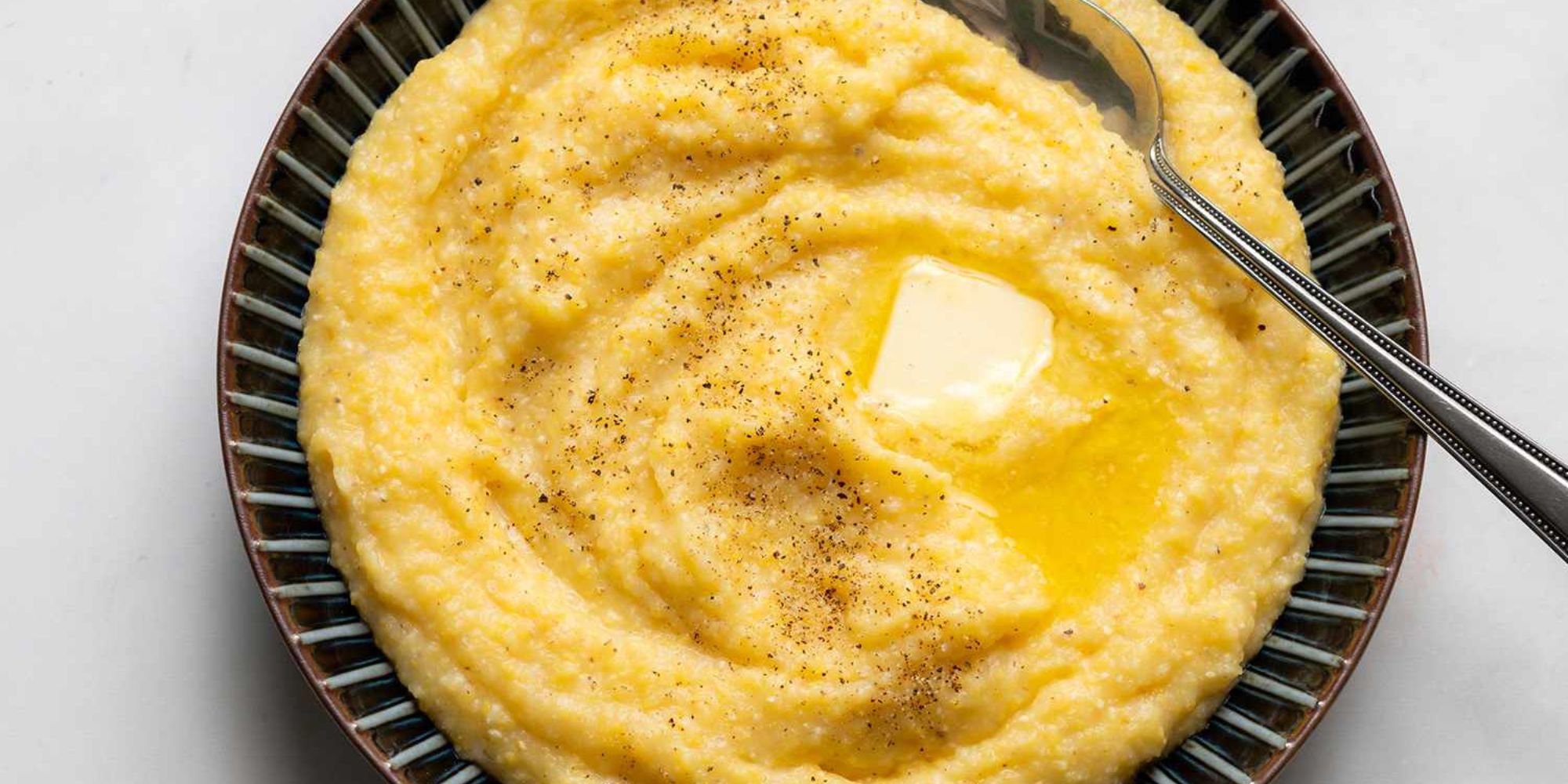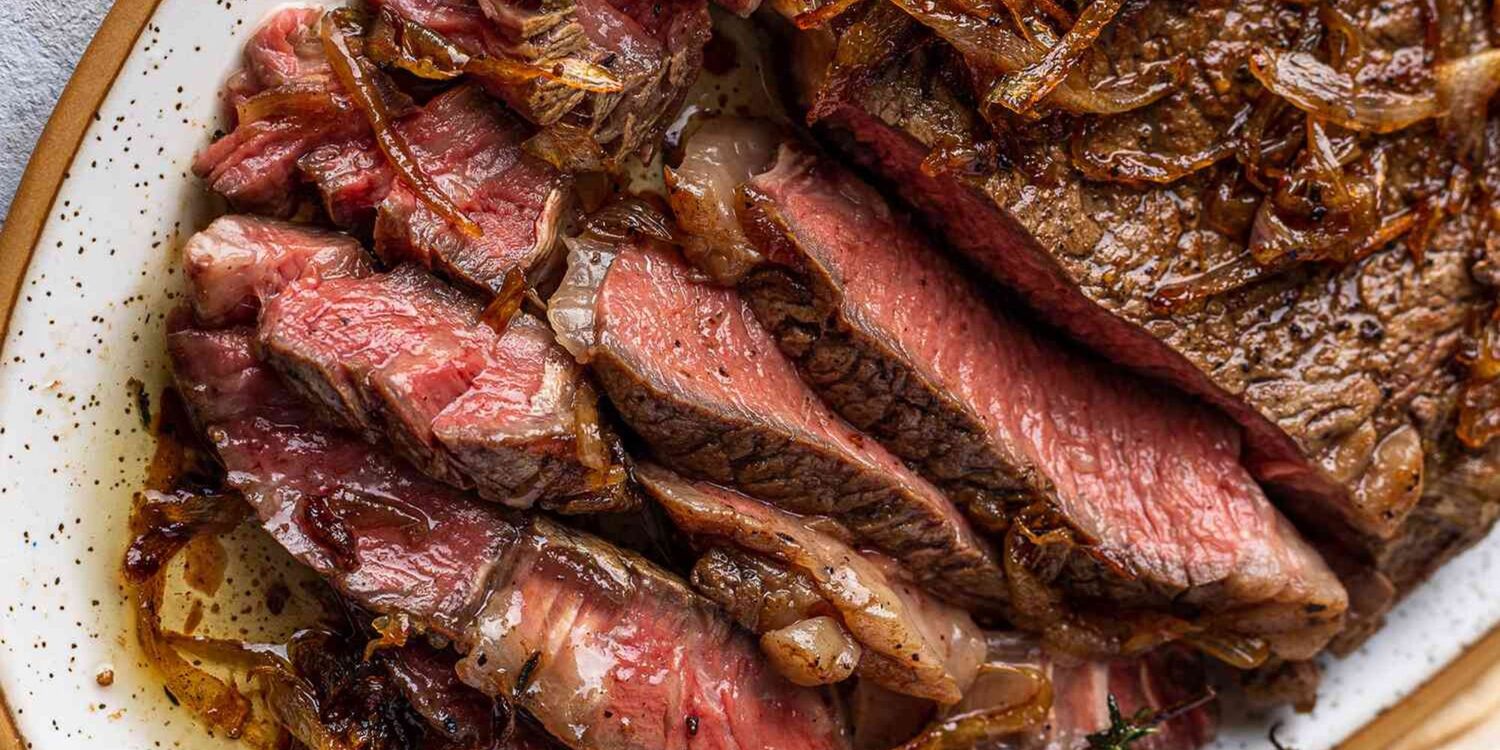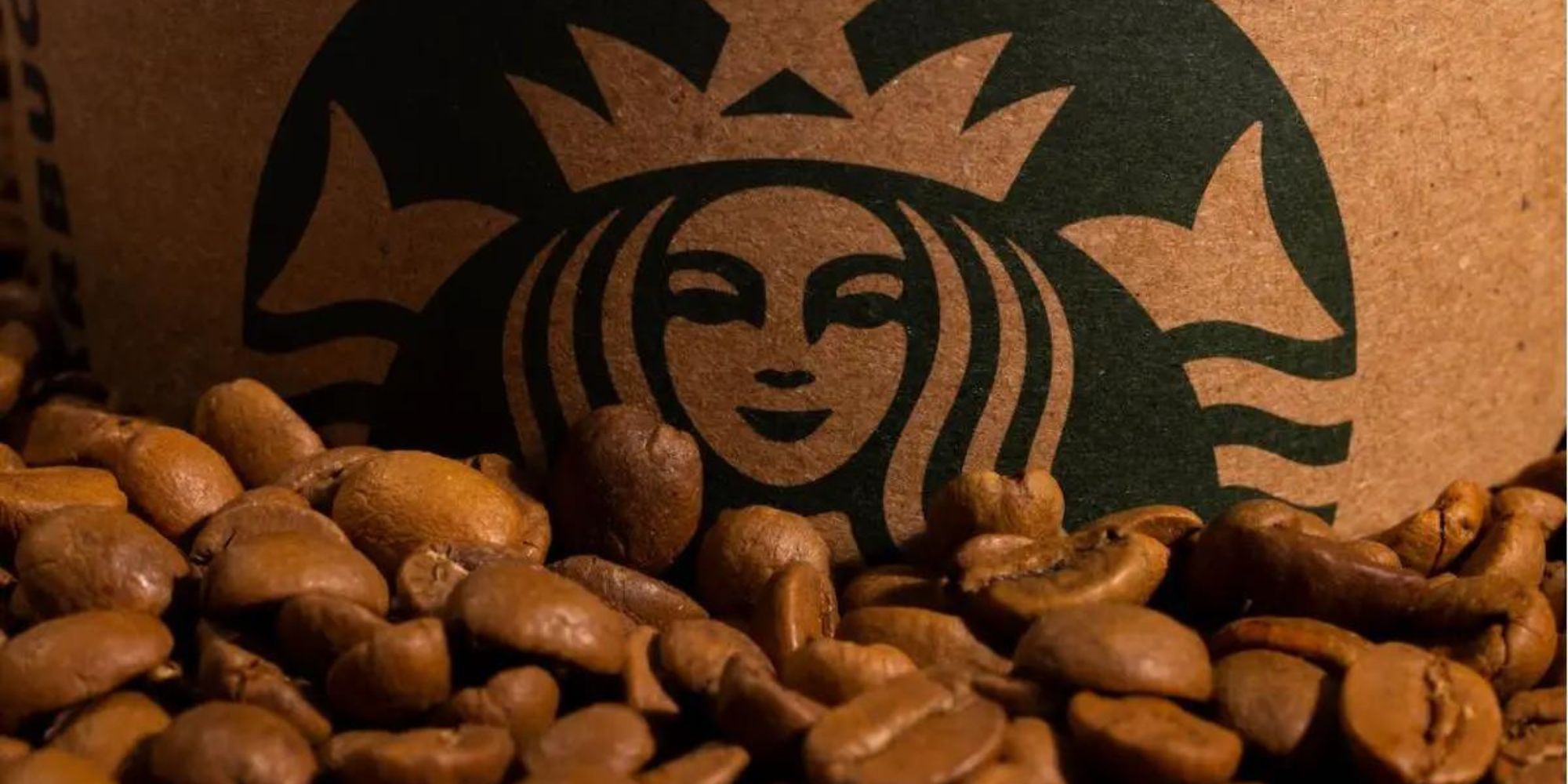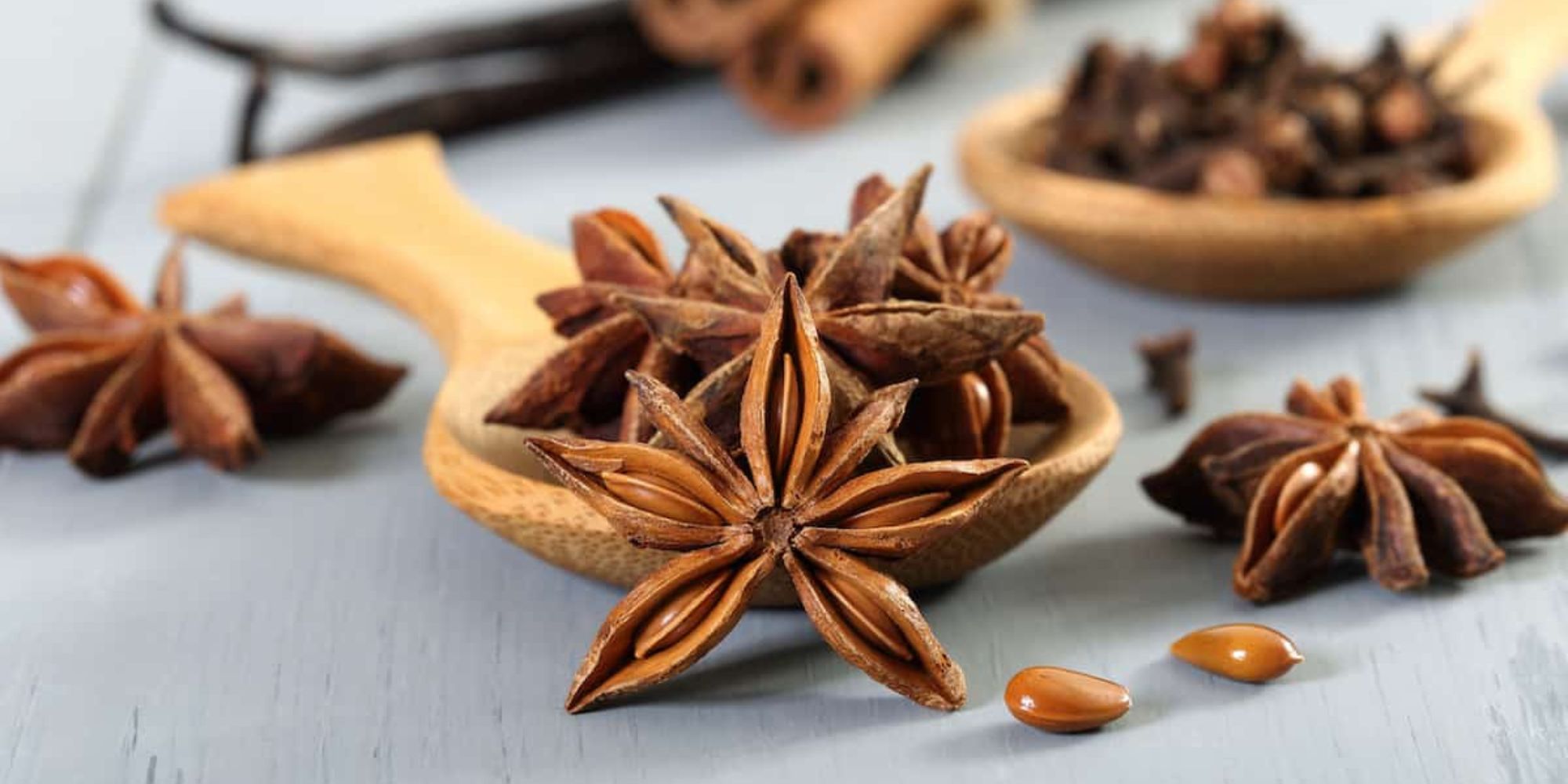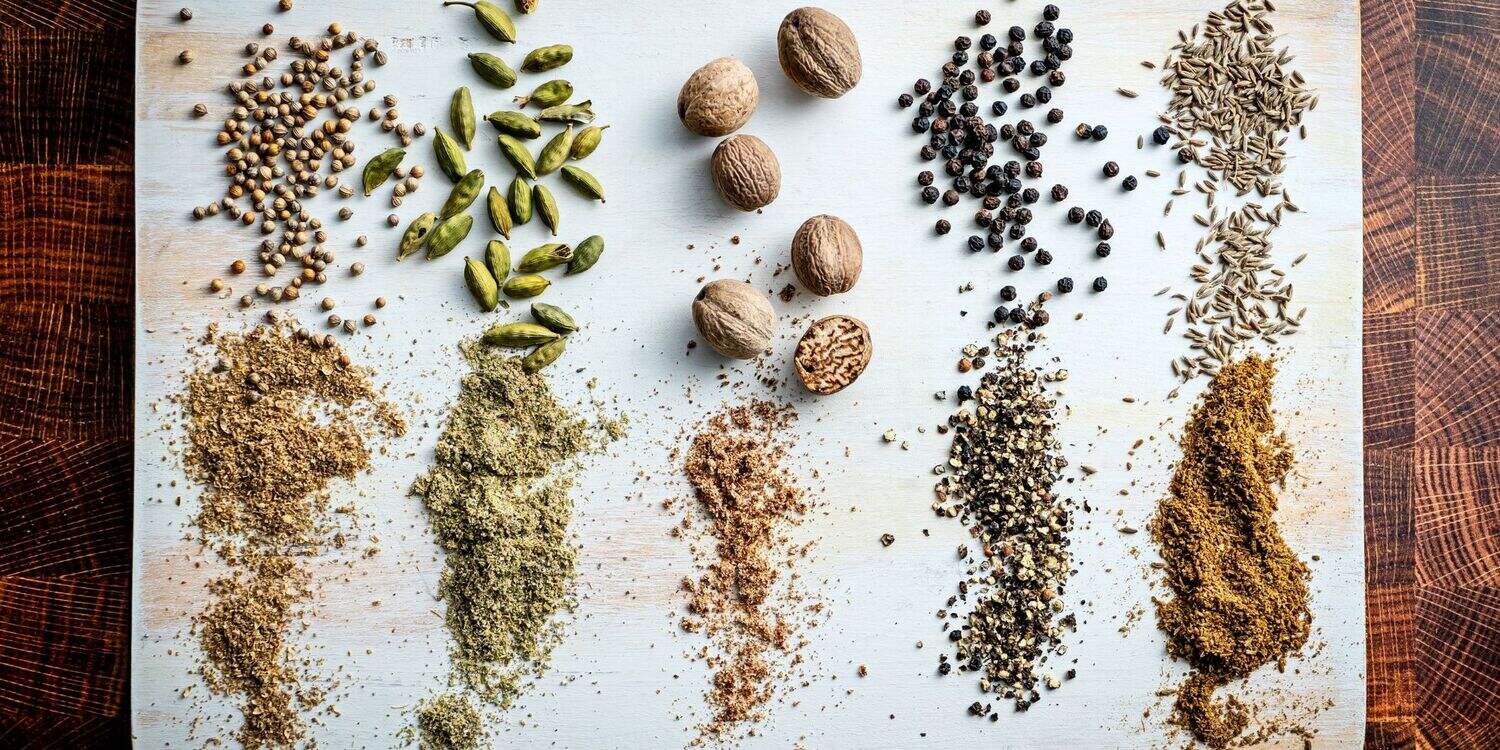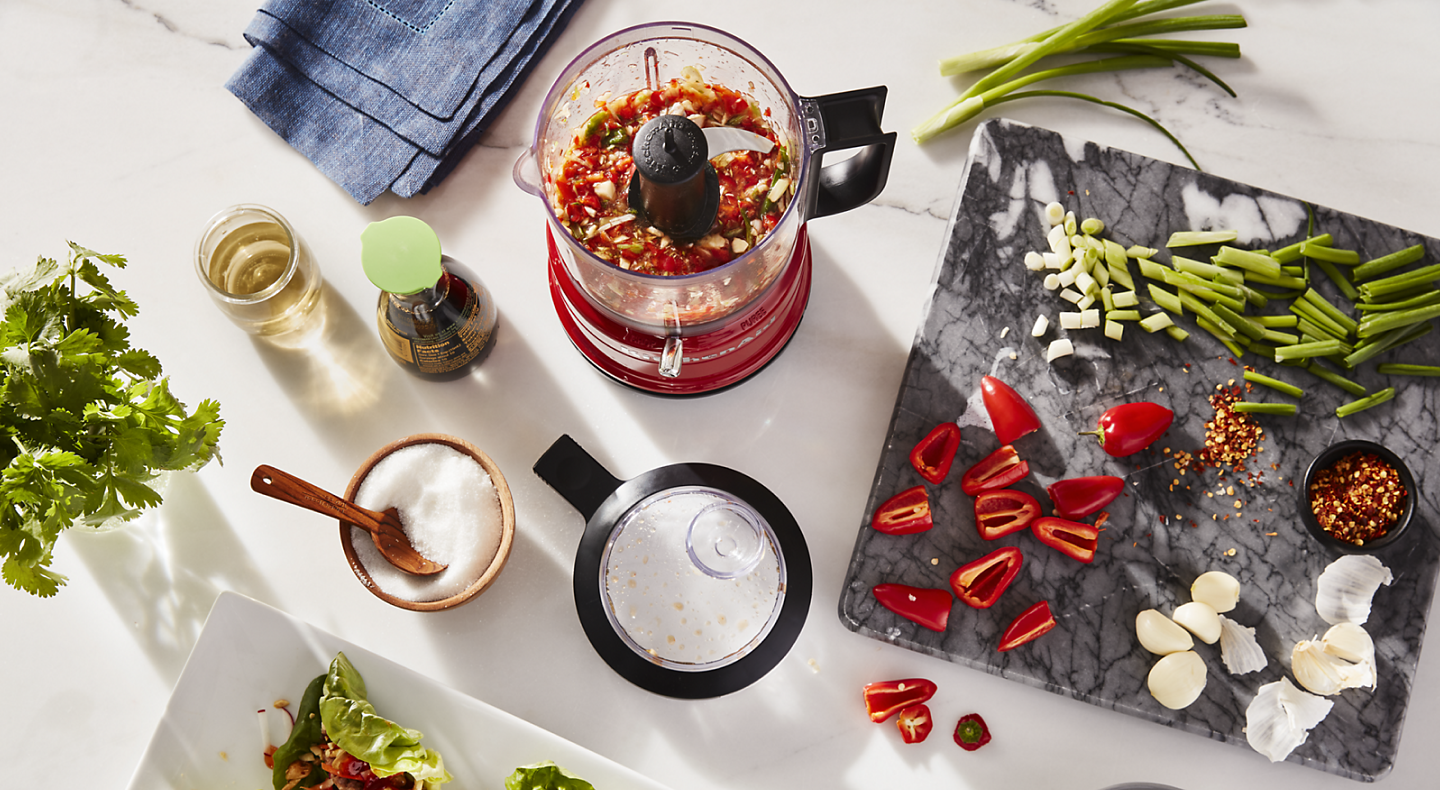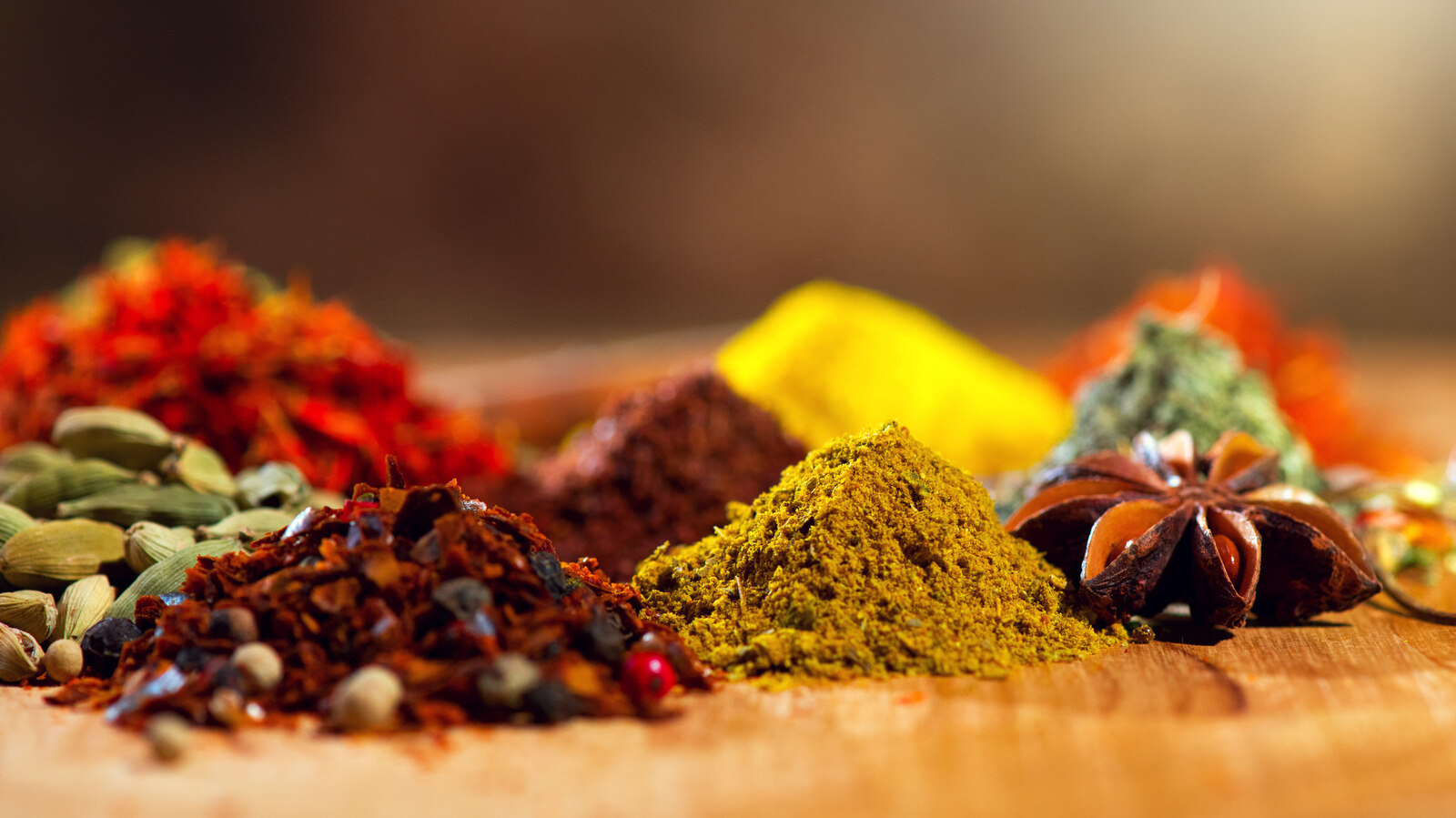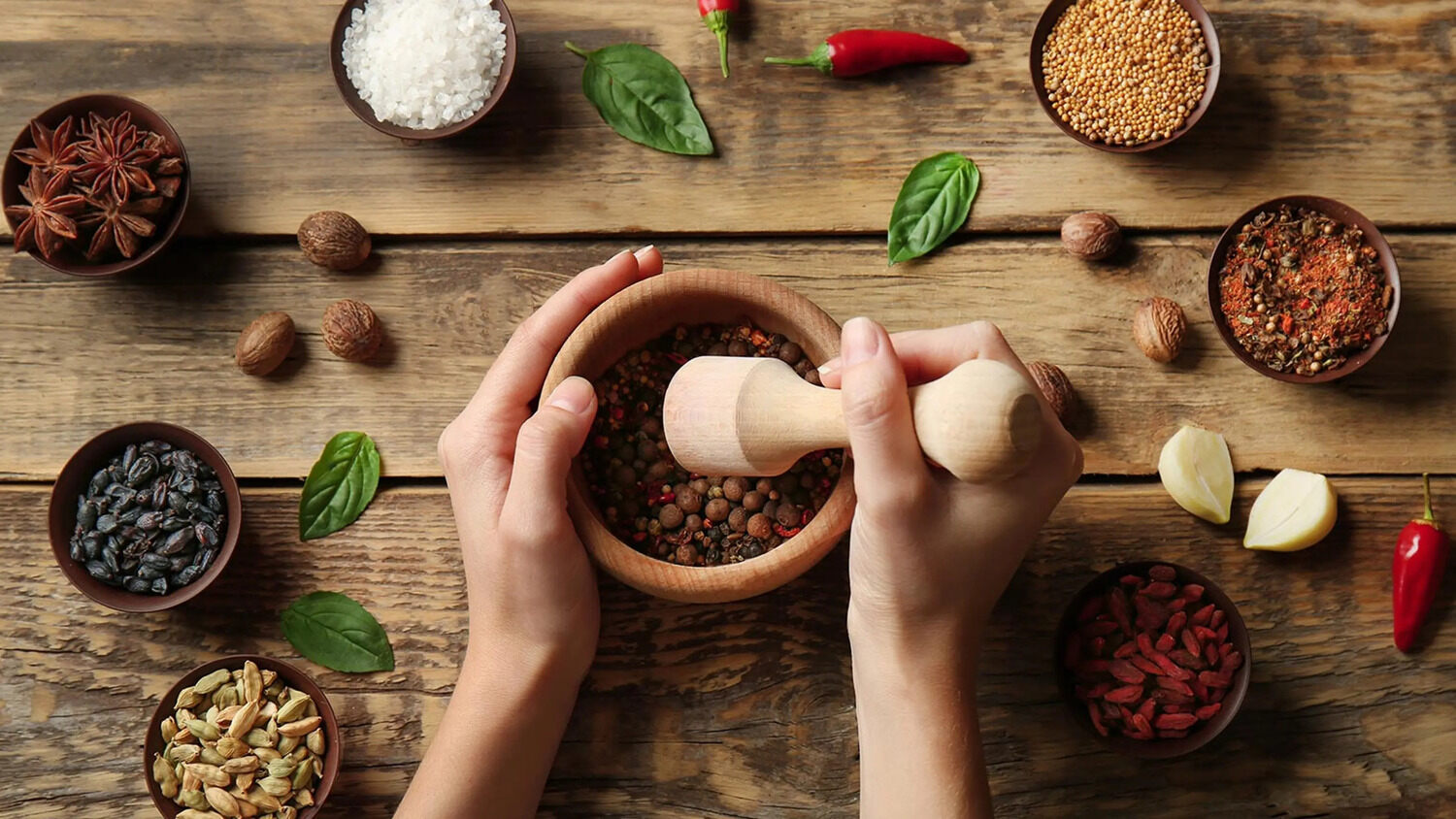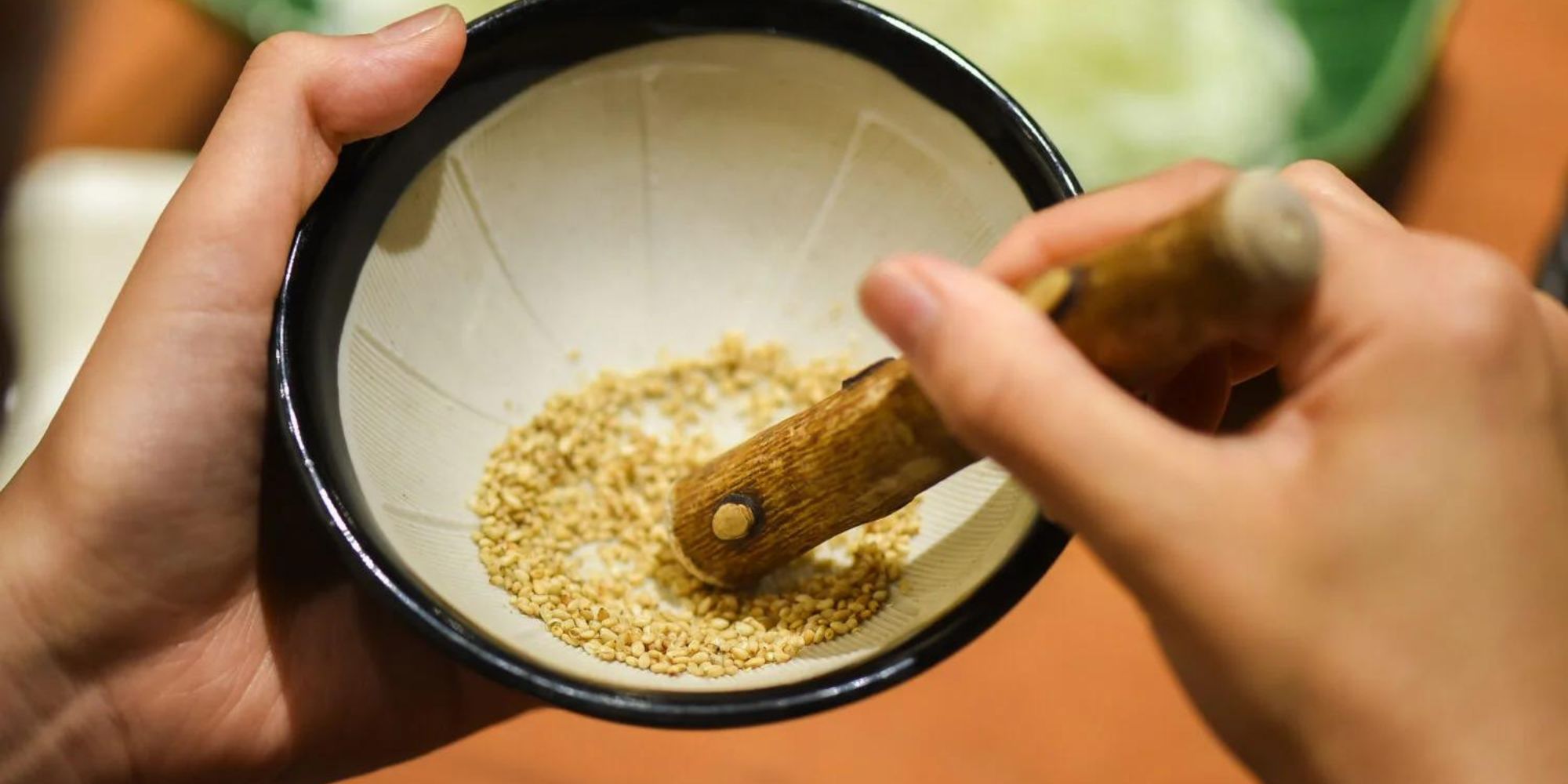Grinding sugar might seem straightforward, yet nuances exist that elevate your culinary creations from good to exceptional. Whether you're aiming for superfine sugar to perfect that airy meringue or powdered sugar to dust over fresh pastries, understanding the right techniques and tools is key. From selecting the ideal type of sugar to choosing between a food processor and a coffee grinder, this guide will walk you through each step. Perfect for home bakers looking to refine their skills, this exploration into grinding sugar promises to enhance the texture and consistency of your desserts, making every bite unforgettable.
Essential Ingredients for Sugar Grinding
- Granulated sugar
- Cornstarch (optional, for preventing clumping)
Necessary Tools for Perfectly Ground Sugar
-
Food ProcessorIdeal for turning granulated sugar into fine powder within minutes.
-
BlenderA high-speed blender can also do the job effectively, especially for larger quantities.
-
Coffee GrinderPerfect for small batches, ensuring a consistent texture.
-
SieveHelps remove any larger granules to achieve a super fine consistency.
-
Airtight ContainerFor storing the powdered sugar, keeping it dry and clump-free.
-
Measuring Cups and SpoonsEssential for precise measurements, ensuring the right texture and sweetness.
-
SpatulaUseful for scraping the sides of the grinder or blender, making sure all sugar is finely ground.
Grinding sugar into finer particles enhances sweetness perception. Use a blender or food processor, pulsing until desired texture. Store in an airtight container to prevent clumping from moisture exposure.
The Sweet Reasons for Grinding Sugar
Grinding sugar at home transforms coarse granules into fine powder, offering a versatile ingredient for various culinary uses. This process allows for better integration of sugar into recipes, creating smoother textures in baked goods and desserts. Homemade powdered sugar also ensures freshness, enhancing flavors in your culinary creations.
Opting for homemade powdered sugar not only elevates the taste but also provides control over the texture and sweetness level, tailoring it to specific recipes. Additionally, it's a cost-effective alternative to store-bought versions, reducing waste by utilizing sugar that might otherwise remain unused in the pantry.
A Step-by-Step Sweet Journey: Grinding Sugar
How To Grind Sugar Into Powder
-
Select Your Tool
- Blender: Ideal for large quantities.
- Coffee Grinder: Perfect for achieving a fine powder.
- Food Processor: Works well for moderate amounts.
- Mortar and Pestle: Best for small batches and a more hands-on approach.
-
Prepare Sugar
- Type of Sugar: White, granulated sugar is most commonly used, but raw sugars like turbinado can also be ground, though they might not achieve as fine a texture.
- Quantity: Don't overload your grinding tool. If using a blender or food processor, fill it only about one-third to half full to allow the sugar to move freely.
-
Grinding Process
- Pulse: Use the pulse feature on your blender, coffee grinder, or food processor to start. This helps break down large granules without overheating the machine.
- Consistency Check: Stop grinding and check the consistency of the sugar. It should be uniform and powdery.
- Sift: Use a fine-mesh sieve to sift the ground sugar. This removes any large particles that might have been missed.
- Regrind if Necessary: If you find larger granules after sifting, return them to the grinder and process again until the desired fineness is achieved.
-
Storage
- Airtight Container: Store the powdered sugar in an airtight container to prevent moisture from clumping the sugar.
- Label and Date: Mark the container with the grinding date. Powdered sugar can last a long time if stored properly, but it's best used within a few months for optimal freshness.
-
Usage Tips
- Add Cornstarch: For a homemade powdered sugar similar to commercial confectioners' sugar, mix in a little cornstarch (about 1 tablespoon per cup of sugar) after grinding. This prevents clumping and mimics the texture of store-bought powdered sugar.
- Flavor Infusions: Consider adding a vanilla pod or dried citrus peel to the sugar before grinding for flavored powdered sugar.
Mastering the Sweet Finish
Grinding sugar at home isn't just about saving trips to the store; it's about taking control of your kitchen adventures. With a blender or food processor, you can transform granulated sugar into powdered bliss in minutes. Remember, the key to success lies in short bursts of power to avoid overheating and keeping an eye on consistency. For those looking to go the extra mile, a pinch of cornstarch can ensure your homemade powdered sugar stays clump-free and perfect for your next baking masterpiece. Whether you're dusting desserts, sweetening whipped cream, or experimenting with homemade icing, mastering the art of grinding sugar opens up a world of culinary possibilities. So, grab that blender, and let's make every sweet treat a bit more special.
Grinding sugar can open up a world of possibilities in baking and confectionery. With this new skill, readers can master the art of making delicate treats like French Macarons and Homemade Marshmallows, both of which benefit from finely ground sugar for a smoother texture. For those looking to perfect their decorating game, Royal Icing for Sugar Cookies uses powdered sugar to achieve a flawless finish. Similarly, Swiss Meringue Buttercream requires ultra-fine sugar to create its signature silky smoothness. Those who love classic desserts might enjoy trying Glazed Lemon Pound Cake, where powdered sugar is key to a luscious glaze. Finally, for a fun and indulgent treat, Powdered Sugar Donuts offer a delightful way to use ground sugar for a perfect, sweet coating. Exploring these recipes will not only enhance one's baking repertoire but also bring out the best in each creation.
All Your Sweet Queries Answered
Can I grind sugar into powdered sugar at home?
Absolutely! Grinding sugar into powdered sugar is a piece of cake. All you need is a blender or food processor. Just toss in the granulated sugar and blitz it until it's fine and powdery.
What's the best tool for grinding sugar?
For top-notch results, a high-speed blender is your best bet. Food processors work well too, but might take a bit longer to get that super fine texture you're after.
How long does it take to grind sugar into powdered sugar?
Not long at all! Usually, it takes about 1 to 2 minutes. Keep an eye on it, though. You don't want to overdo it and risk your blender overheating.
Can I add anything to the sugar while grinding it?
Sure thing! For a little twist, toss in a tablespoon of cornstarch per cup of sugar. This helps prevent clumping and mimics store-bought powdered sugar.
Is homemade powdered sugar as good as store-bought?
You bet! Many folks find homemade even better. It's fresher, and you have full control over the texture and any added ingredients.
How should I store homemade powdered sugar?
Keep it in an airtight container, in a cool, dry spot. Properly stored, your homemade powdered sugar will stay good for months.
Can I use any type of sugar for grinding?
White granulated sugar is your go-to for traditional powdered sugar. But feel free to experiment with other types, like raw or coconut sugar, for different flavors and colors.
